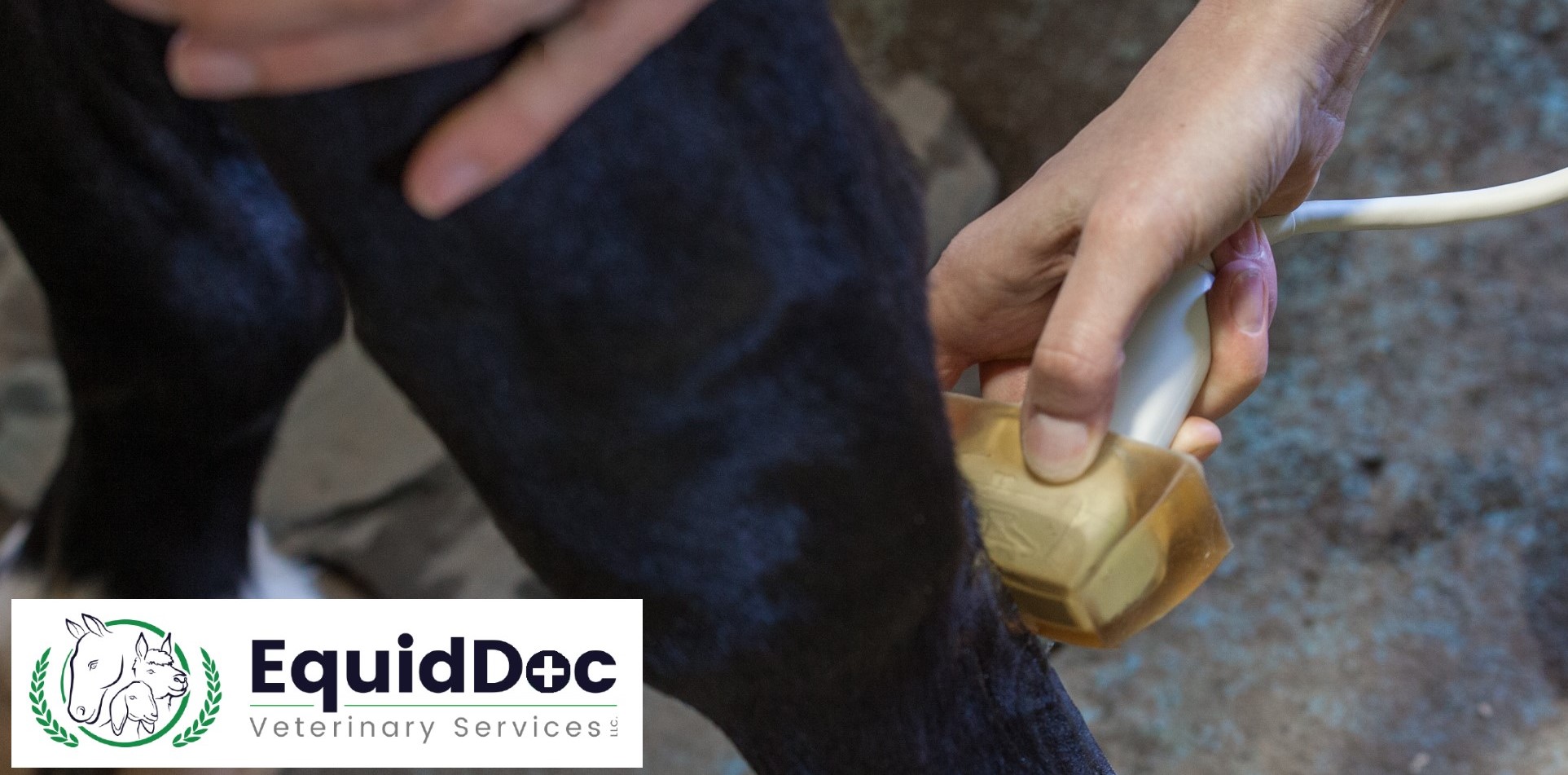The science of equine sports medicine is relevant to any ridden or driven horse, be it for the purpose of pleasure, profession, or just healthy competition! In addition to bones and joints being at risk of injury during exercise, soft tissue structures are vulnerable to tweaks and strains during exercise, whether it be low-level or high impact work. The term “soft tissue” encompasses the hundreds of muscles, tendons, and ligaments in your horse’s limbs and body, each with their own name and function.
The function of tendons is to connect muscles to bones while ligaments connect bones to bones. When tendons or ligaments are injured, lameness, or other performance issues can result. These injuries can range from minor sprains to career-ending tears. Tendons and ligaments are made up of bundles of small fibers that are arranged parallel to one another. These fibers allow for varying amounts of a stretch when placed under forces such as flexion, extension, concussion, or torque during exercise. An injury occurs when these tendon or ligament fibers are stretched beyond their capacity and a sprain or tear results.
Common signs of tendon or ligament injury include lameness, swelling, heat, and sensitivity to palpation. Depending on the degree of the tear, and the amount of time that has passed since the injury, your horse could exhibit one or all of these signs. Diagnosis is made by your veterinarian using her physical and lameness exam findings combined with ultrasound or x-ray of the body part in question. On the farm, soft tissue structures are best examined using ultrasound to evaluate fluid, edema, tendon or ligament size, and fiber pattern or alignment. X-rays can be helpful to see changes to the underlying bone where a ligament attaches.
Also Read: Equine Sports Medicine: So Many Horses with Arthritis

The first goal of treatment is to reduce inflammation immediately following an injury. This is commonly accomplished using non-steroidal anti-inflammatory drugs (NSAIDs), such as Bute or Banamine, cold therapy via cold-hose or ice packs, and the careful wrapping of the lower limb to help reduce swelling and provide support. A period of rest and rehabilitation is often prescribed following an injury lasting anywhere from days to multiple months. Once deemed safe by your veterinarian, your horse will slowly start a controlled exercise and rehabilitation program, often beginning with hand-walking. Low impact exercise is critical for optimal healing of the damaged tendon or ligament. Conservative movement encourages tissue regeneration and the placement of new fibers in an organized (parallel) rather than haphazard fashion, making healing soft tissue stronger and more durable than from rest alone.
Tendons and ligaments take a long time to heal. Precise diagnosis is required to gauge expectations, offer a prognosis, provide the appropriate rehab plan, and pinpoint additional therapies that may be helpful for healing the injury. When soft tissue structures heal, the repaired fibers and scar tissue that result are often weaker than then original structure, making a previously injured structure more vulnerable to re-injury in the future. As a result, a specific diagnosis by ultrasound is recommended to allow your veterinarian to track the healing process and determine when sufficient healing has taken place for your horse to safely return to work.
EquidDoc mobile veterinarians are skilled in the practice of sports medicine and can assist you in troubleshooting any performance issue you and your horse may be having. Whether your horse is struggling with a significant lameness or just the occasional off step, call EquidDoc at (508) 885-4205 to schedule a performance evaluation today!


